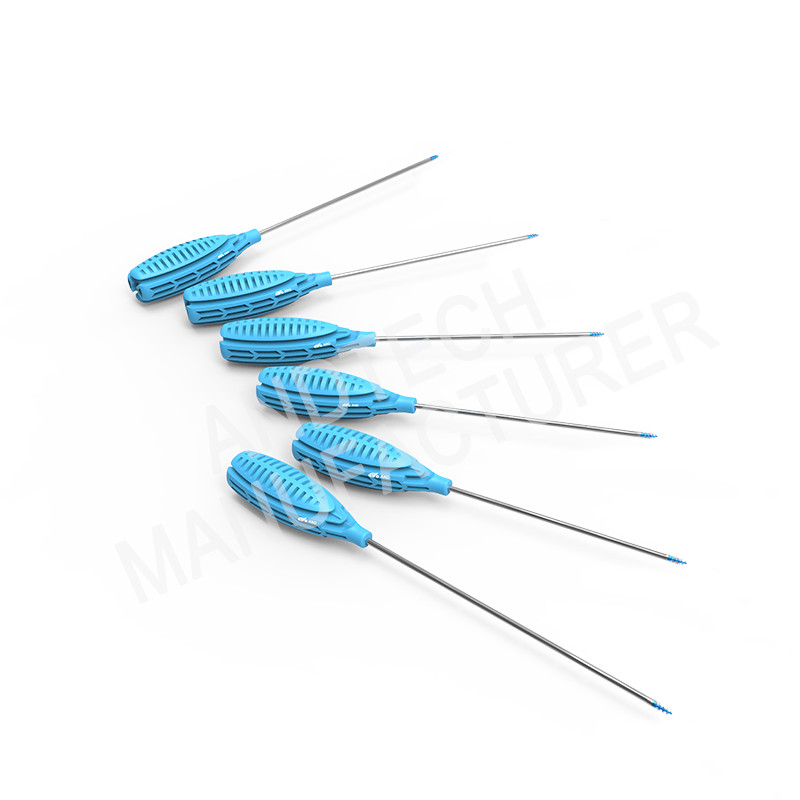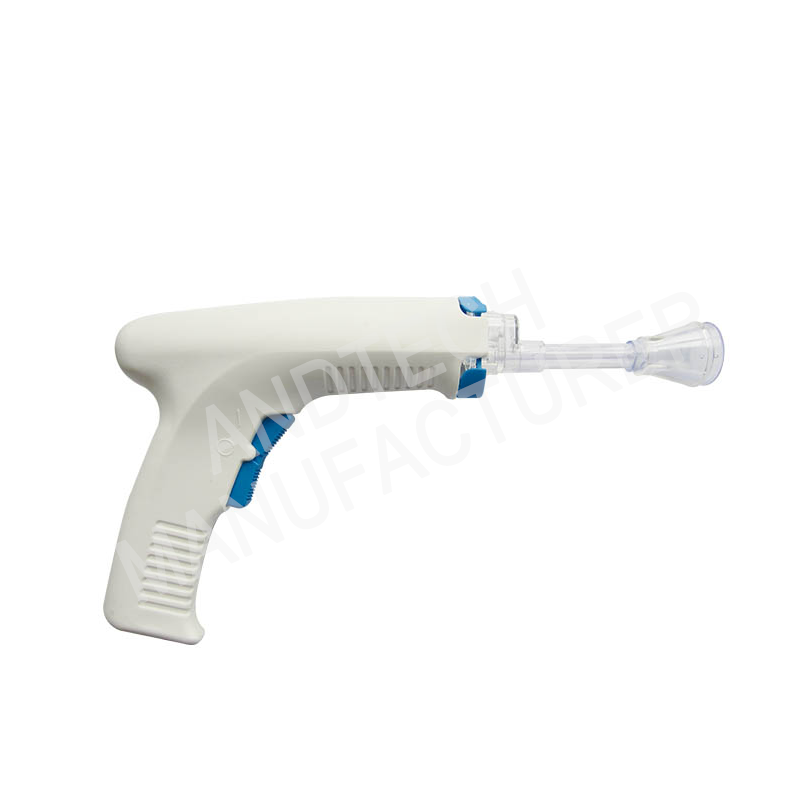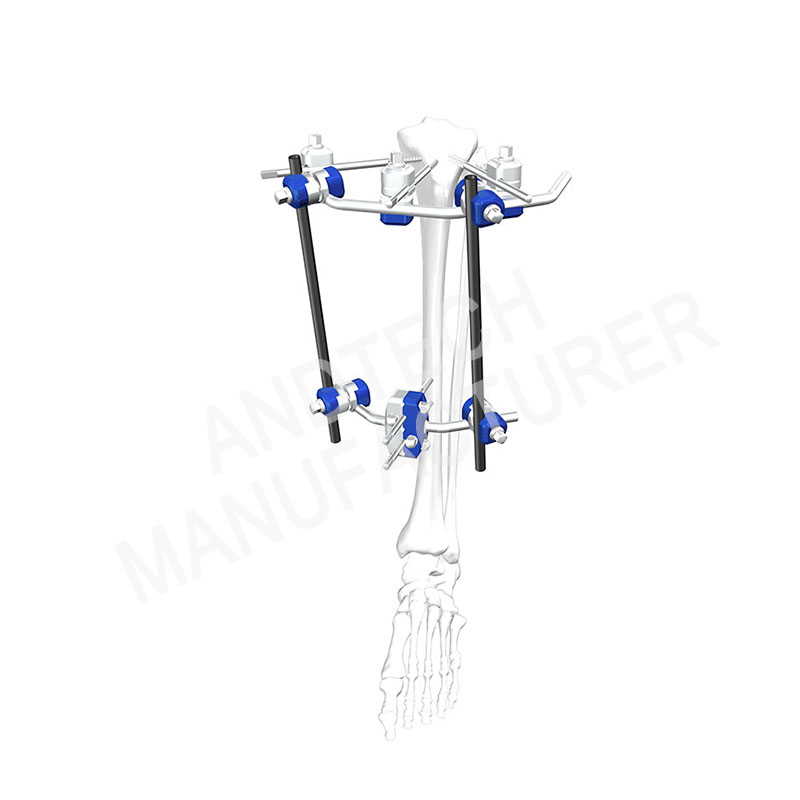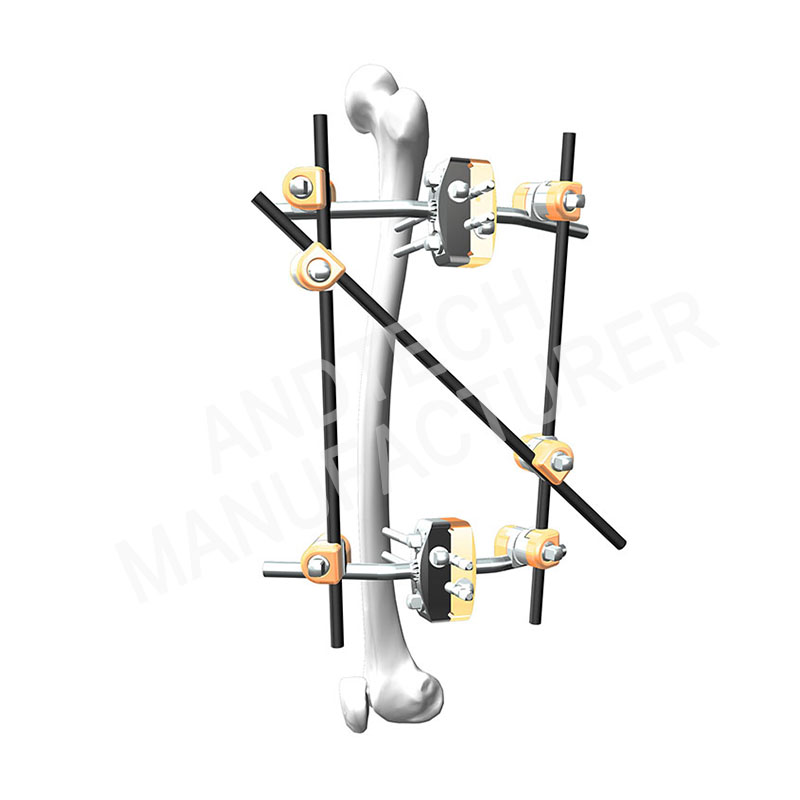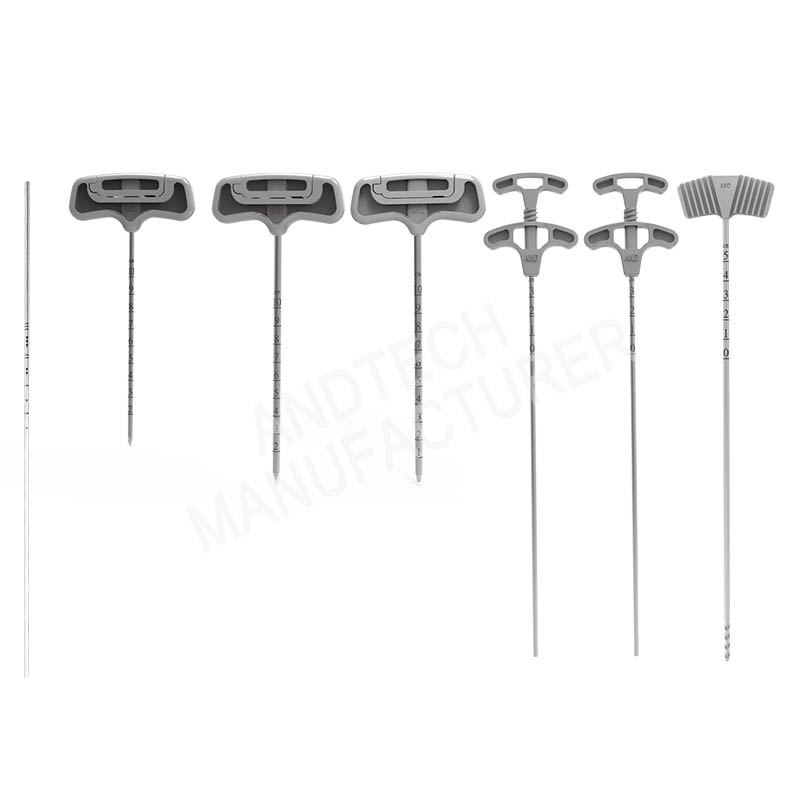CE Certification Cannulated Screws Quotes – Femur Intramedullary Nail System – AND
CE Certification Cannulated Screws Quotes – Femur Intramedullary Nail System – AND Detail:
| Diameter(mm) | Length(mm) | ||
| 9 | 170 | 200 | 240(L&R) |
| 10 | |||
| 11 | |||
| 12 | |||
| Diameter(mm) | Length(mm)(L&R) | |||||
| 9 | 320 | 340 | 360 | 380 | 400 | 420 |
| 10 | ||||||
| 11 | ||||||
| 12 | ||||||
γ-II Interlocking Intramedullary Nail
The medical-lateral angle of 5° allows the insertion at tip of the greater trochanter (the proximal diameter is 16.0mm).
Lateral flattening design eases the insertion and reduces the stress ti the lateral cortical bone.
130 collodiaphysial angle(CCD).
The elastic groove tip design.
Ease the insertion.
Reduce the stress concentration.
Distal curved design prevents the nail tip against to the cortical bone.
Reduce the insertion resistance and pain incidence rate.
Lag screw
The lag screw insertion can provide excellent compaction to cancellous bone.
The tip wide surface provides better anchoring.
Especially for osteoporotic patients.
Anti-rotational and stability achieved by one single element.
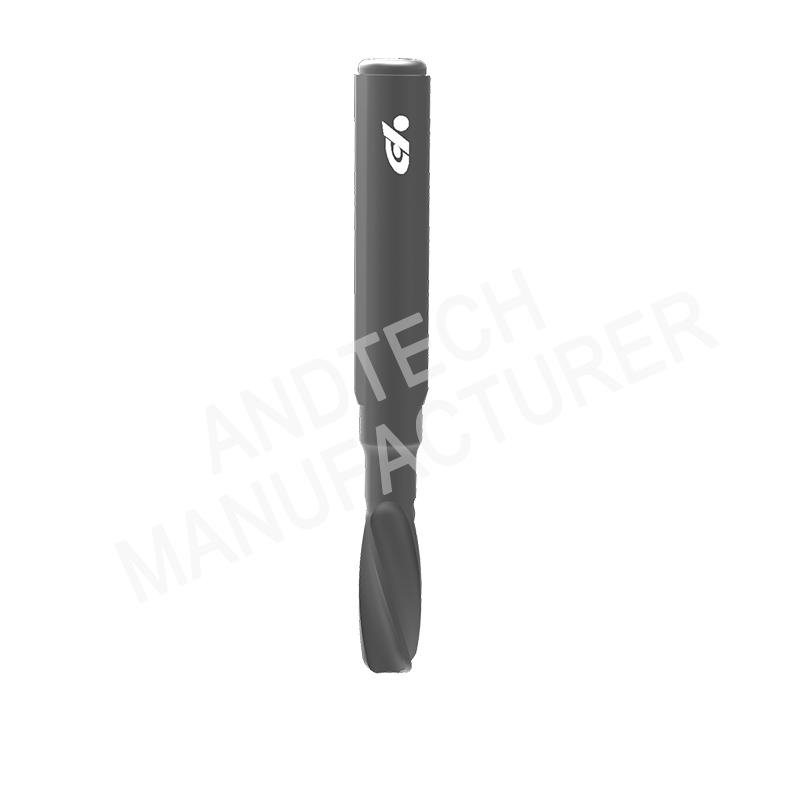
Locking bolt
Double thread design to reduce the operation time
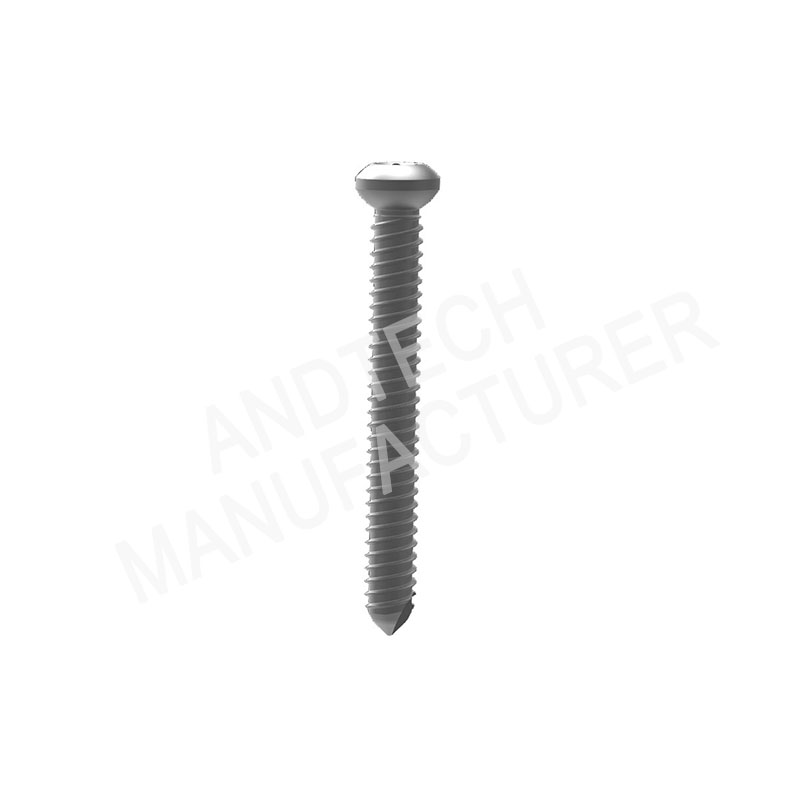
End cap
0/5/10/15mm length With the suitable length to take it out
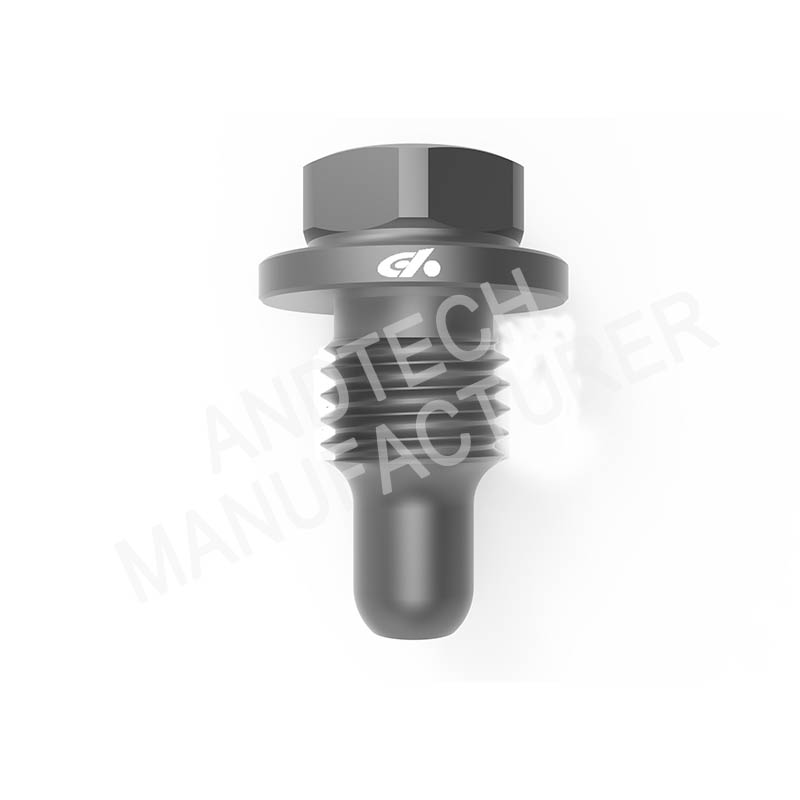
Case
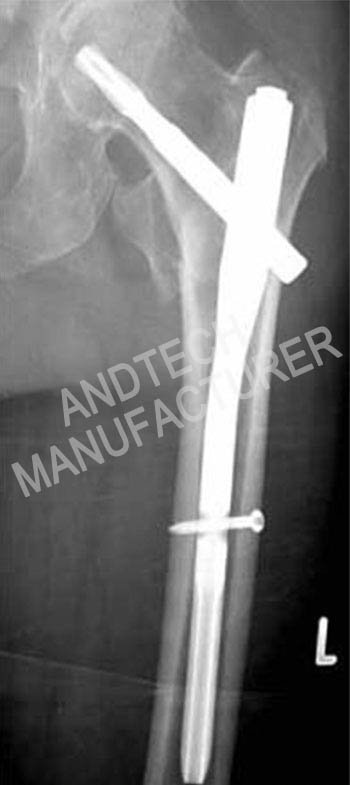
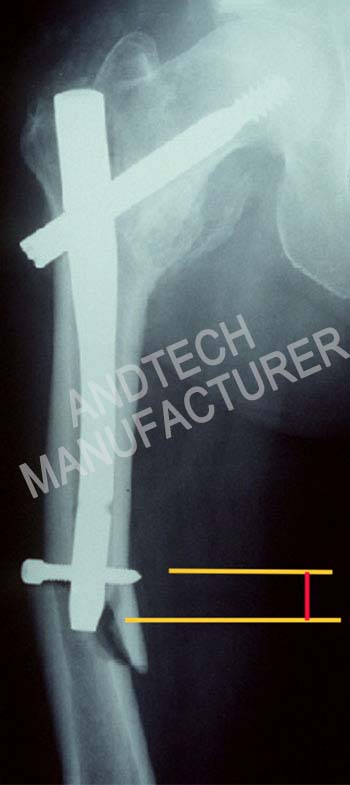
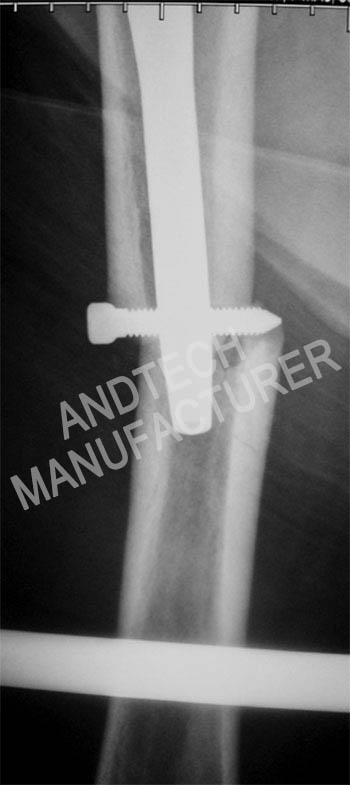
Instruments
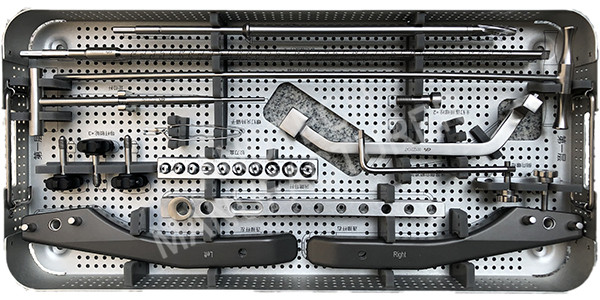
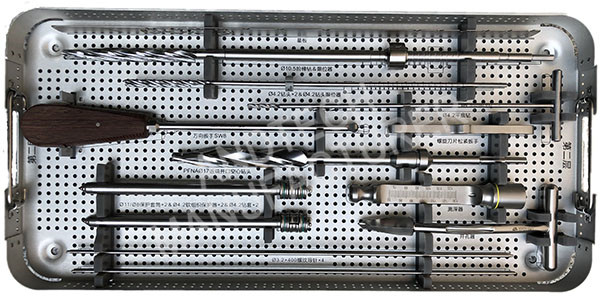
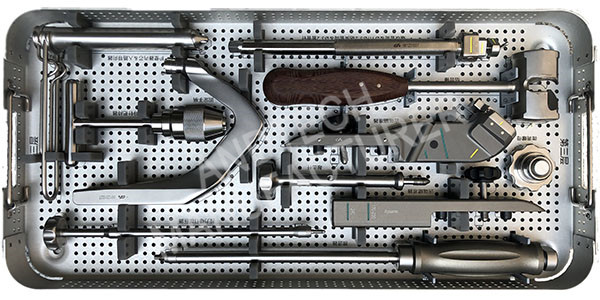
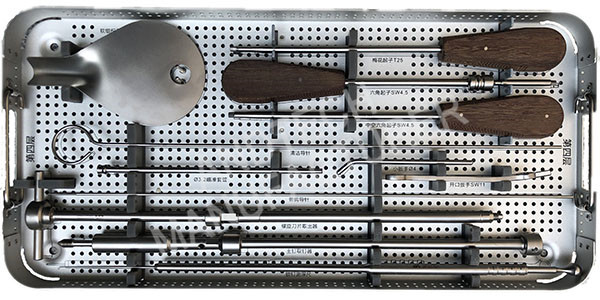
Medical Tips
Intertrochanteric fracture
Intertrochanteric fracture (INTERTROCHANTERIC FRACTURE), also known as intertrochanteric fracture.
It is characterized by frequently-occurring elderly people, mostly low-energy injuries caused by osteoporosis in the elderly, and with the trend of aging population, the incidence rate is increasing year by year.
For intertrochanteric fractures, the most commonly used internal fixation materials include intramedullary and extramedullary fixation. Among them, intramedullary fixation is due to.
The surgical incision is small, the bleeding is small, and the operation time is short. It conforms to the principle of minimally invasive. At the same time, intramedullary fixation is more conducive to the conduction of load and avoids extramedullary
The potential fracture risk of uneven screw stress load caused by eccentric fixation is more widely used in clinical practice. More often in intramedullary fixation.
Intertan, Gamma nail, PFN, PFNA (proximal femoral nail antirotation) are used.
In the fixed structure, the main nail of the medullary nail is too thin or the holding force of the head and neck nail is insufficient, the surgical technique apex distance (TAD) does not meet the requirements, the fracture type is extremely unstable, especially the proximal femur lacks effective support, and the rehabilitation is prematurely loaded. When one of the above conditions exists, there is micro-movement between the internal plant and the bone before the fracture is healed. The combined structure of the femoral reconstruction intramedullary nail is similar to the “mechanical connecting rod”, and the connecting rod has a tendency to “rotate” due to eccentric force. The “rotation” trend will cause the two head and neck studs to move in the opposite direction, and the result is the “Z effect” or “reverse Z effect.
Product detail pictures:



Related Product Guide:
Our aim is usually to give superior quality items at aggressive rates, and top-notch company to clients around the earth. We have been ISO9001, CE, and GS certified and strictly adhere to their good quality specifications for CE Certification Cannulated Screws Quotes – Femur Intramedullary Nail System – AND , The product will supply to all over the world, such as: Canada, Niger, Bulgaria, If you are interested in any of our products and solutions or would like to discuss a custom order, remember to feel free to contact us. We are looking forward to forming successful business relationships with new clients around the world in the near future.
The goods we received and the sample sales staff display to us have the same quality, it is really a creditable manufacturer.






